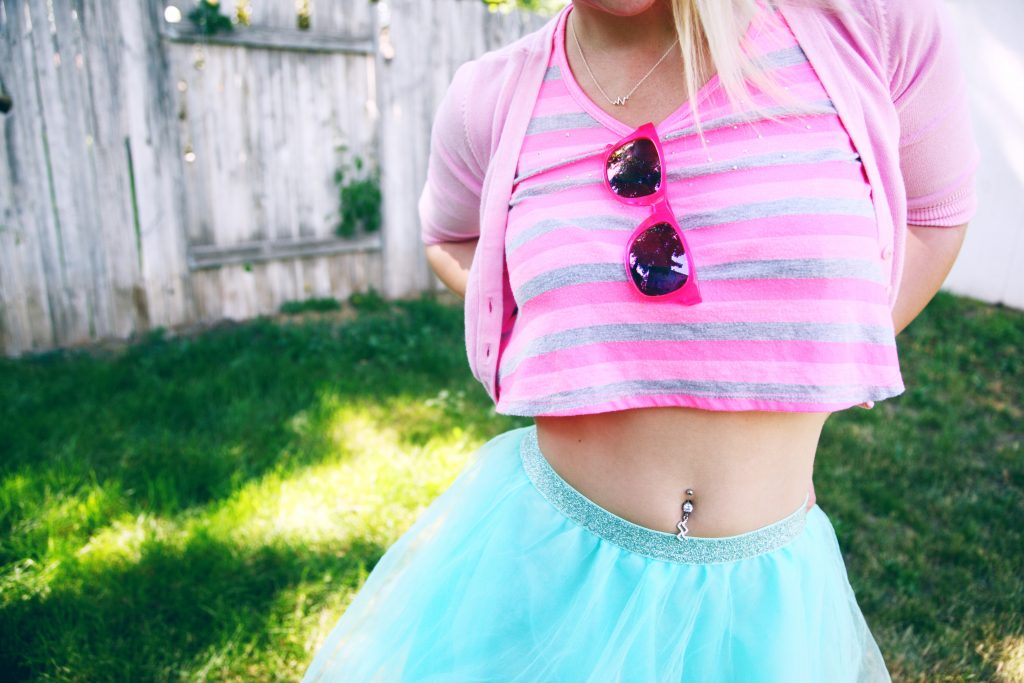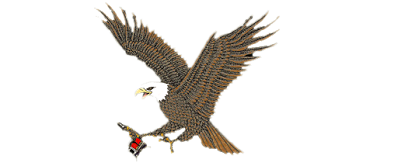Who Should Get A Navel Piercing?
Anyone can get a navel piercing, however, for those who have an outie belly button, the piercing process can be slightly more difficult and the piercer might suggest a different route. When you have an “outie” navel, sometimes the “lip” of the skin above the belly button is not enough, making the piercing difficult and more likely prone to infections as it can not heal properly.
Tips to Keep in Mind
- Right Jewelry: Make sure you are not allergic to the piercing itself. Nickel can be the most common type of piercing that can cause a reaction to people. Typically, any sterling silver can contain nickel. If you suspect you are allergic to nickel, talk to your piercer about surgical stainless steel options.
- Diabetes: If you have type 1 Diabetes, you should be aware that getting a piercing may put you at risk of infections. As a result of the discomfort, the experience of obtaining the piercing itself may create high blood glucose levels. Similarly, if you have bleeding disorders such as Hemophilia, it is advised by professionals to not get pierced at all, to avoid excessive bleeding and discomfort.
Know Before You Go
How much a piercing costs is entirely dependent on the studio you go to, your geographic location, your piercer’s experience, and how complicated your piercing is. On average, however, you can expect a belly button piercing to run between $30 and $75. Of course, this price tends to include a very basic jewelry option (if it’s included at all). If you decide you want to get a better or different piece of jewelry, you’re most likely going to have to pay more. Some studios may even have you pay a separate fee entirely for both the piercing itself and the jewelry.
After Care
The first thing to note is that you should wash your hands before touching your piercing to ensure you’re being as sterile as possible and to avoid passing any bacteria. Then, it’s recommended to clean your piercing twice a day with a sterile saline solution. Be sure to dry the area with a paper towel after, as a typical hand or bath towel could harbor bacteria. Things to consider are:
- Wear loose fitting clothes
- Always wash your hands prior to handling your piercing
- Use a sterile saline solution on your piercing twice a day
Are you looking to get a navel piercing? Don’t hesitate to contact Tattoo Consortium with the link below for more information or to schedule your appointment today!






